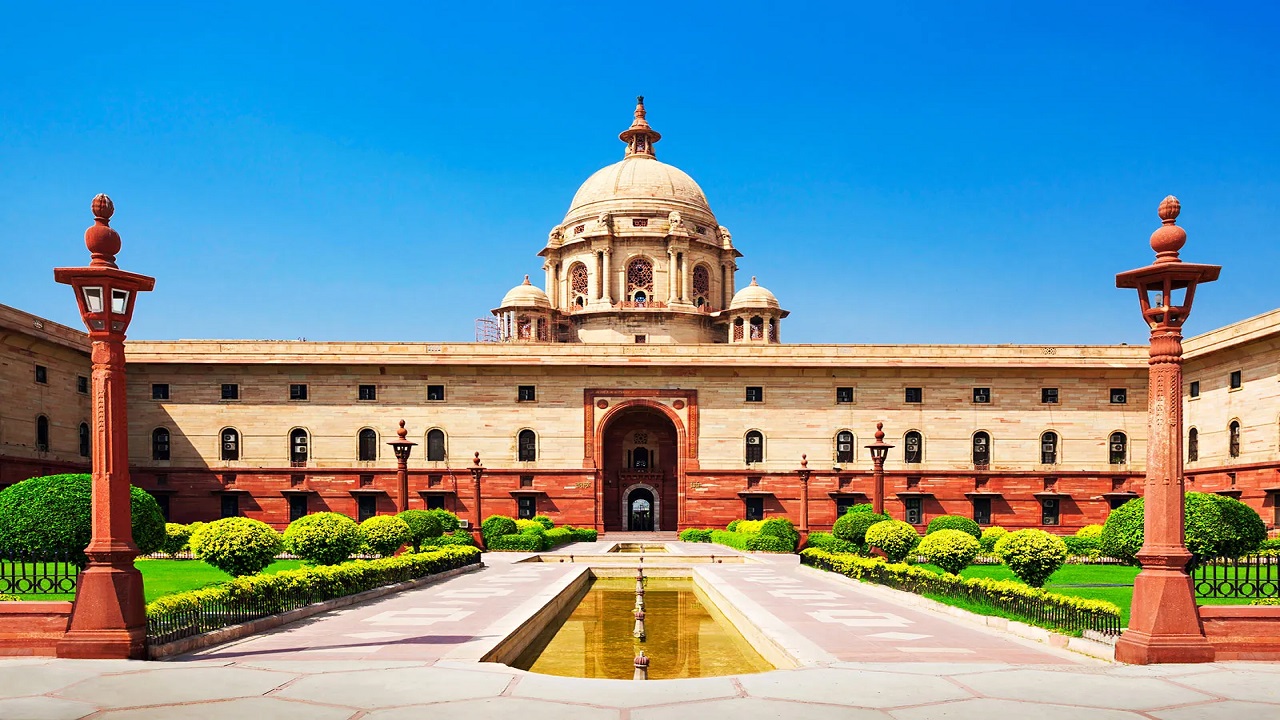Context:
St. Martin’s Island has become a geopolitical hotspot. Former Bangladeshi Prime Minister Sheikh Hasina reportedly claimed that the US sought to acquire the island in exchange for political support.
Background:
US State Department had denied Hasina’s allegations, describing them as not accurate.
About St. Martin’s Island:
- With an area of just 3 square kilometres (sq km), St Martin’s Island, also known locally as “Narikel Zinzira” or “Coconut Island”, is located in the northeastern part of the Bay of Bengal.
- Saint Martin’s is located about 9 km south of the tip of the Cox’s Bazar-Teknaf peninsula, and forms the southernmost part of Bangladesh. There is a small adjoining island that is separated at high tide, calledChera Dwip.
- It is about 8 kilometres (5 miles) west of the northwest coast ofMyanmar, at the mouth of the Naf River.
- Millennia ago, the island used to be an extension of the Teknaf peninsula, but portion of this peninsula later got submerged and thus the southernmost part of the peninsula became an island and was disconnected from the Bangladesh mainland.
- The coral reef island is home to about 3,800 residents, most of whom are fishermen. St Martin’s is reportedly Bangladesh’s only coral island.
- During the rainy season, because of the dangerous conditions on the Bay of Bengal, the inhabitants have no scope to go to the mainland (Teknaf) and their life can become dangerous.
What is Saint Martin’s island’s history and current status?
- The Saint Martin’s island’s recorded history dates back at least to the eighteenth century, when Arabian merchants first settled there and named it “Jazira”.
- A British team of surveyors included the island as a part of then British India in 1900 and named it either after a Christian priest, called Saint Martin, or the then Deputy Commissioner of Chittagong, Mr Martin.
- The island continued to be a part of British India when Myanmar was separated from it in 1937. After the 1947 Partition of the Indian subcontinent, the island came under Pakistan’s control.
- Subsequently, the island became a part of Bangladesh after the 1971 Liberation War. And, in 1974, Bangladesh and Myanmar reached an agreement, under which the island was recognised as a part of Bangladeshi territory.
- Despite the 1974 agreement, issues did continue over the delimitation of the island’s maritime boundary, with a landmark 2012 judgment by the International Tribunal for the Law of the Sea subsequently affirming Bangladesh’s sovereignty over the island.
Why is St Martin’s Island geopolitically important?
- The US’ alleged interest in St Martin’s could be based on the fact that a base on the island would help Washington counter China’s influence in the Indian Ocean.
- St Martin’s location, its proximity to the Bay of Bengal, and its maritime boundary with Myanmar could be the reasons behind international interest in the island, particularly from the US and China.
.jpg)



Comments (0)